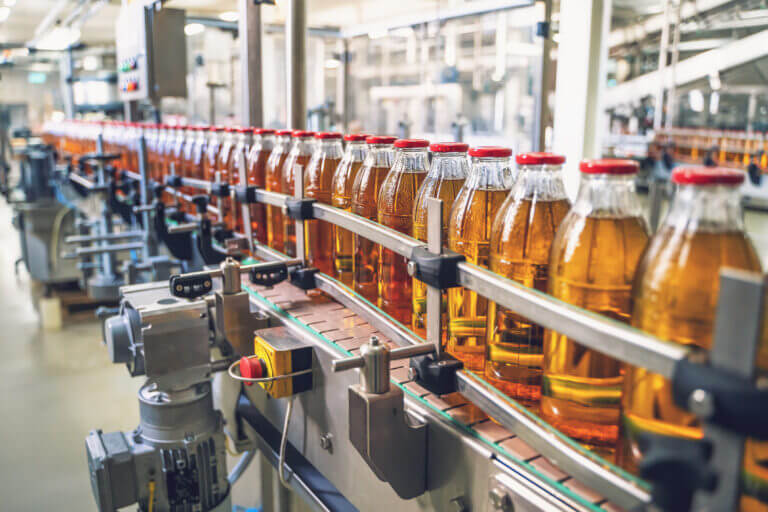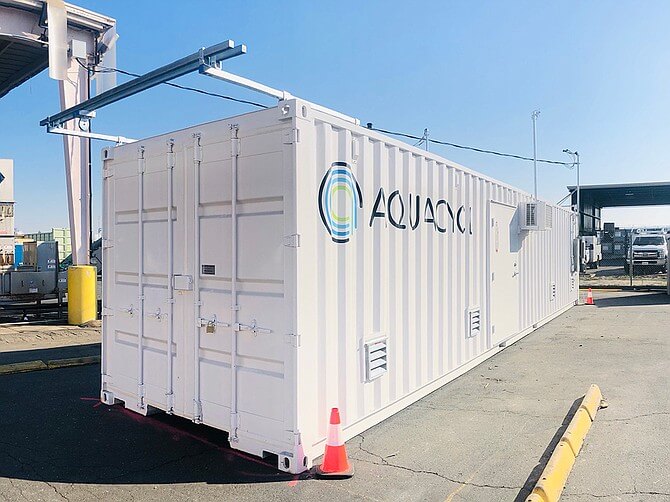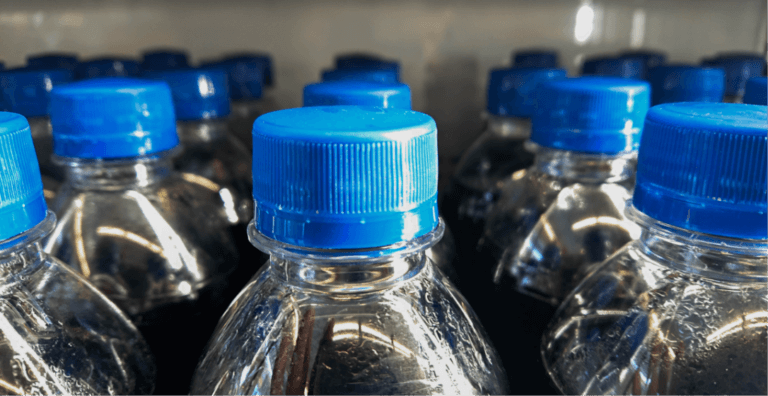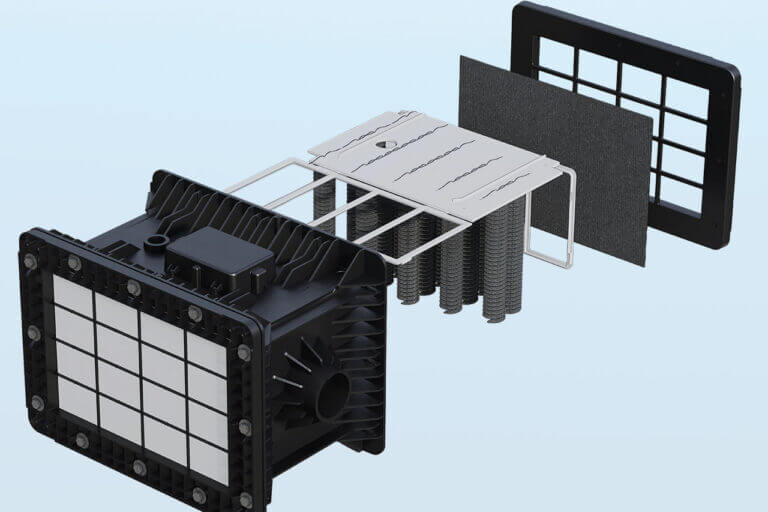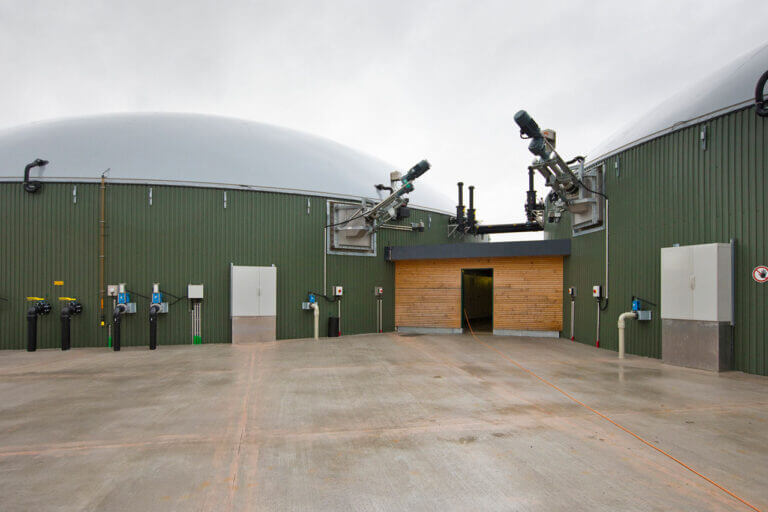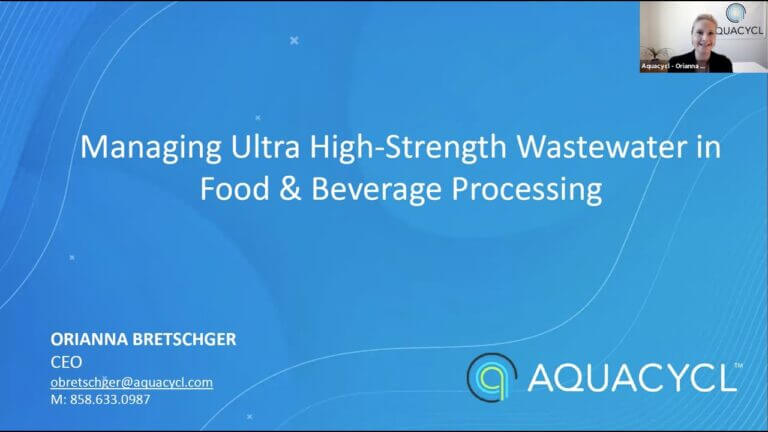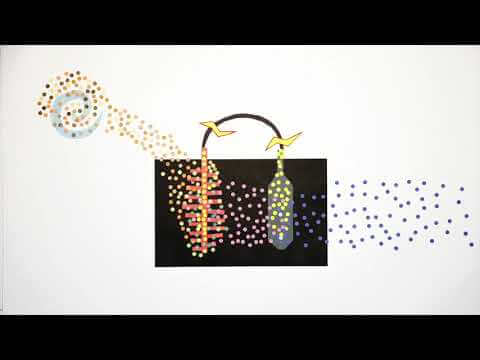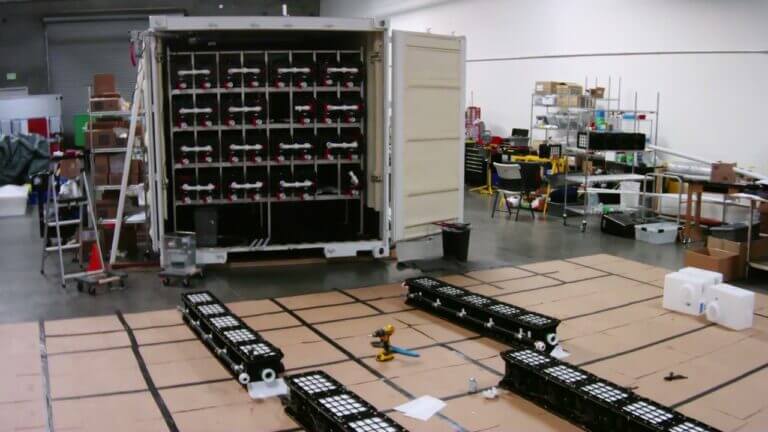Flow segregation is a wastewater treatment strategy that involves separating challenging wastewater streams for targeted treatment at the point-source. Implementing this process brings multi-level benefits to manufacturing facilities, one of the greatest being improved efficiency—not only in wastewater treatment but across the entire production line. This blog will explore the efficiency improvements your facility can achieve by implementing flow segregation and how you can maximize its benefits.
This is the third blog in our flow segregation series, for an introduction to flow segregation, check out this blog. To learn how you can implement flow segregation for your facility, check out this blog, and for our number-inclined folks, this blog puts numbers to paper on the savings your facility can experience with flow segregation.
Improving Efficiency of Downstream Treatment
Since flow segregation targets and pretreats specific, challenging pollutants, it is a great strategy for improving the efficiency of downstream treatment systems. This targeted approach leads to significant improvements in both onsite (if present) and utility treatment efficiencies.
Improved Onsite Treatment Efficiency
If you already have an onsite treatment system at your facility, utilizing flow segregation, coupled with pretreatment, will not only lower the operating costs of those systems but also improve resource recovery, efficiency, and discharge quality.
- Reduced Load: Flow segregation allows facilities to focus their treatment efforts on the most problematic pollutants. The overall pollutant load is reduced by treating these challenging streams before they are sent to a utility or other onsite treatment system. This means that existing systems can operate with lower chemical and energy needs.
- Precision Removal of Tough Pollutants: With a more targeted approach, the toughest pollutants can be removed using treatment methods better suited for handling those pollutants. This precision in treatment ensures that the combined flow entering the main treatment system is less contaminated, and less complex, leading to better overall water quality and less treatment byproduct.
Improved Utility Efficiency
One aspect of flow segregation that you may not initially consider is its positive impact on your local utility. By pretreating challenging streams, you can lower your utility sewer bills, avoid surcharges, and reduce the operational burden on the utility. This approach benefits not only your facility but also supports the broader municipal treatment infrastructure – giving them more capacity without building additional infrastructure.
- Less Pollutants Discharged: When fewer pollutants are discharged, the downstream utility systems are less burdened by industrial wastewater. This reduction in load lowers operational costs and lessens the strain on the utility’s systems. As a result, they can better serve all of the rate payers in your community. This also helps mitigate risks of utility underperformance and overall improves your relationship with the municipality.
- Energy and Chemical Savings: By sending pretreated effluent to the municipal treatment facility, the energy and chemical demand at these facilities are reduced. This reduction not only decreases the environmental footprint of the wastewater treatment process but also helps utilities operate more cost-efficiently. As a result, your Scope 3 emissions are lowered, helping you reach your carbon goals.
Implementing a flow segregation strategy alleviates pressure on both your onsite treatment systems and your utility’s infrastructure. This approach fosters lower operational costs and improved sustainability in wastewater treatment, resulting in reduced compliance and operational risks across the board.
Improving Efficiency Upstream
The benefits of flow segregation are not only felt downstream but upstream as well since this approach also brings significant improvements to upstream processes within a facility. Here’s how:
- Isolated Problem Handling: By segregating specific wastewater streams (e.g. bad production batches), facilities can address and treat problematic flows before they impact collection systems or onsite treatment solutions. This targeted approach prevents issues from escalating into potential production shutdowns and ensures more reliable and predictable operations.
- Increased Production Capacity: Pretreating segregated streams prior to discharging into the bulk wastewater flow means that resources needed for treatment of the blended flow —such as chemicals, energy, and management time— will be reduced and can be redirected towards production. This opens opportunities for expanding production capacity and optimizing resource utilization.
- Step-by-Step Quality Improvement: Implementing flow segregation allows facilities to treat wastewater generated from different stages of production. This approach helps identify and address quality issues at each step through additional characterization of the discharge, helping to improve processes that will result in better product quality and lower volumes of waste.
- Early Issue Detection: Treating wastewater at each step of production allows for early detection of issues. This proactive approach ensures that problems are identified and resolved promptly, preventing them from affecting the final product quality.
- Sustainable Growth: With a more precise wastewater treatment strategy, facilities can plan for growth more easily while ensuring their wastewater treatment maintains efficiency throughout the process.
Wastewater treatment is often one of the final processes for a production facility, but its effects travel upstream. When your wastewater treatment is effective, targeted, and efficient, it helps your facility maximize its overall efficiency and performance, better utilize resources, and improve your bottom line.
Gaining the most Efficiency
To achieve the highest efficiency for your facility through flow segregation, you will need an efficient pretreatment technology. The challenge with treating segregated streams is their high pollutant concentrations. Most wastewater treatment technologies are not optimized for these streams, often requiring dilution, chemicals, or significant energy for treatment. However, high-concentration pollutant streams are where Aquacycl excels.
Our BioElectrochemical Treatment Technology (BETT®) becomes more efficient with higher concentrations, operating in a low-energy, low-emission, small footprint. We treat concentrated streams fast and with the least amount of resources, allowing you to gain maximum efficiency from our system.
Additionally, by providing wastewater treatment as a service, we free up your time, financial resources, and maintenance efforts, allowing you to allocate those resources to production instead. To learn more and maximize the efficiency of your wastewater treatment, schedule a consultation today.


